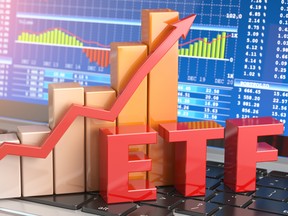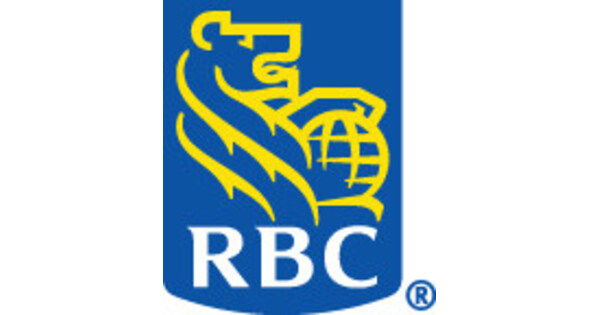Shift into passive strategies and ETFs has accelerated as performance of pricier mutual funds lags behind benchmarks

Article content
Investors pulled a record US$450 billion out of actively managed stock funds this year, as a shift into cheaper index-tracking investments reshapes the asset management industry.
Article content
Article content
The outflows from stock-picking mutual funds eclipse last year’s previous high of US$413 billion, according to data from fund tracker EPFR Global, and underline how passive investing and exchange-traded funds (ETFs) are hollowing out the once-dominant market for active mutual funds.
Advertisement 2
Article content
Traditional stockpicking funds have struggled to justify their relatively high fees in recent years, with their performance lagging behind the gains for Wall Street indices powered by big technology stocks.
The exodus from active strategies has gathered pace as older investors, who typically favour them, cash out and younger savers turn instead to cheaper passive strategies.
“People need to invest to retire and at some point they have to withdraw,” said Adam Sabban, a senior research analyst at Morningstar Inc. “The investor base for active equity funds skews older. New dollars are much more likely to make their way into an index ETF than an active mutual fund.”
Shares in asset managers with large stockpicking businesses, such as U.S. groups Franklin Resources Inc. and T. Rowe Price Group Inc., and Schroder Investment Management Ltd. and Abrdn Plc. in the United Kingdom, have lagged far behind the world’s largest asset manager BlackRock Inc., which has a large ETF and index fund business. They have lost out by an even wider margin to alternatives groups such as Blackstone Inc., KKR & Co. Inc. and Apollo Global Management Inc., which invest in unlisted assets such as private equity, private credit and real estate.
Article content
Advertisement 3
Article content
T Rowe Price, Franklin Templeton, Schroders and US$2.7 trillion asset manager Capital Group Companies Inc., which is privately owned and has a large mutual fund business, were among the groups that suffered the largest outflows in 2024, according to Morningstar Direct data. All declined to comment.
The dominance of U.S. big tech stocks has made it even tougher for active managers, which typically invest less than benchmark indices in such companies.
Wall Street’s so-called Magnificent Seven — Nvidia Corp., Apple Inc., Microsoft Corp., Alphabet Inc., Amazon.com Inc., Meta Platforms Inc. and Tesla Inc. — have driven the bulk of the U.S. market gains this year.
“If you’re an institutional investor you allocate to really expensive talented teams that are not going to own Microsoft and Apple because it’s hard for them to have a real insight into a company that’s studied by everyone and owned by everyone,” said Stan Miranda, founder of Partners Capital Investment Group LLP, which provides outsourced chief investment officer services.
“So they generally look at smaller, less-followed companies and guess what, they were all underweight the Magnificent Seven.”
Advertisement 4
Article content
The average actively managed core U.S. large company strategy has returned 20 per cent over one year and 13 per cent annually over the past five years, after taking account of fees, according to Morningstar data. Similar passive funds have offered returns of 23 per cent and 14 per cent, respectively.
The annual expense ratio of such active funds of 0.45 percentage points was nine times higher than the 0.05 percentage point equivalent for benchmark-tracking funds.
The outflows from stockpicking mutual funds also highlight the growing dominance of ETFs, funds that are themselves listed on a stock exchange and offer U.S. tax advantages and greater flexibility for many investors.
Investors have poured US$1.7 trillion into ETFs this year, pushing the industry’s total assets up 30 per cent to US$15 trillion, according to data from research group ETFGI LLP.
Recommended from Editorial
-

Exchange-traded fund flows smash full-year record
-

It pays to be a lazy investor — but for how long?
-

Massive passive: 50 years of the index fund
The rush of inflows shows growing use of the ETF structure, which offers the ability to trade and price fund shares throughout the trading day, for a wider variety of strategies beyond passive index-tracking.
Many traditional mutual fund houses, including Capital, T Rowe Price and Fidelity Management & Research Co. LLC , are seeking to woo the next generation of customers by repackaging their active strategies as ETFs, with some success.
© 2024 The Financial Times Ltd
Article content











Leave a Reply